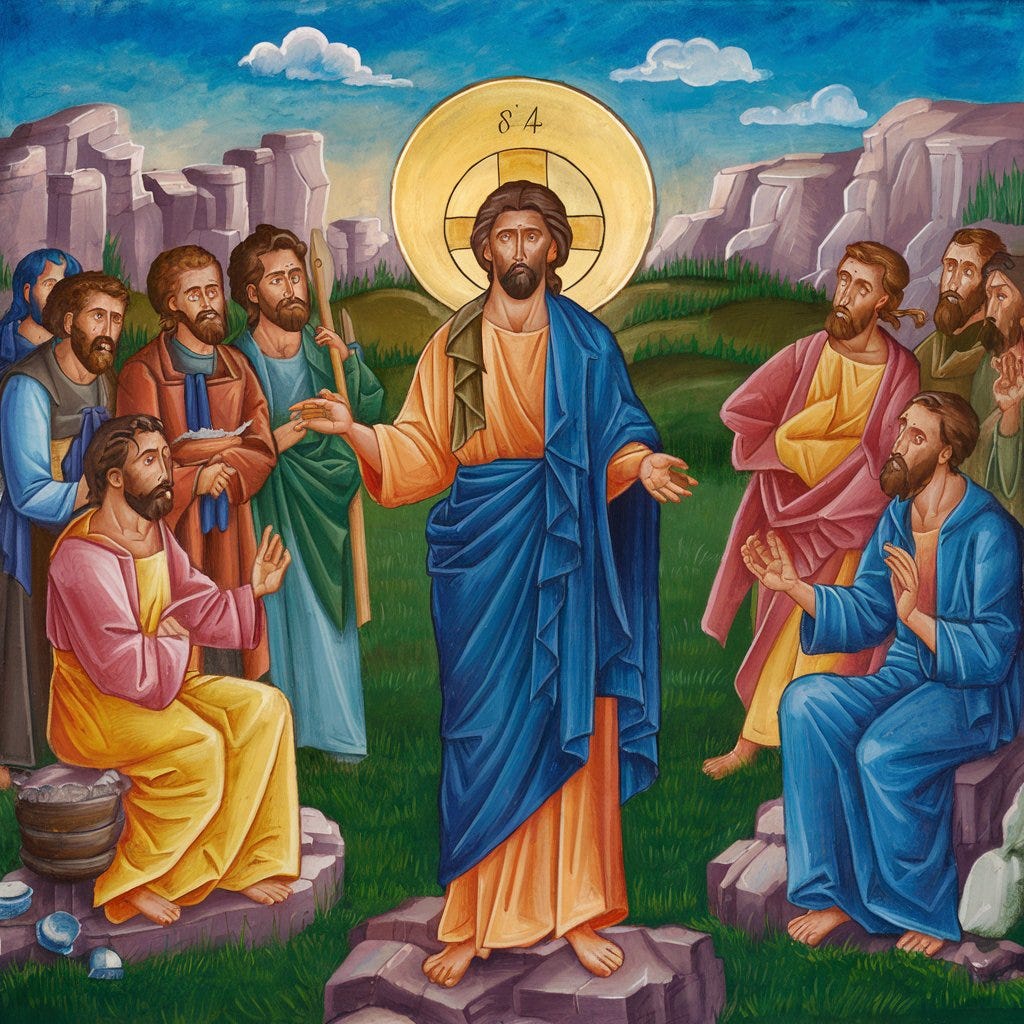The Bible as Myth and the Reality of Jesus: A Critical Examination
The Bible as Myth and the Reality of Jesus: A Critical Examination
By Bishop Ray Taylor, Ph.D.
Abstract
The Bible, both Old and New Testaments, is a mythological construct, blending folklore, religious traditions, and political propaganda. While the New Testament appears as a deliberate scripting of Old Testament narratives, the figure of Jesus transcends mere fabrication. This article explores the mythological nature of the Bible, critiques the origins and development of Judaism, and argues for the possibility that Jesus represents an emanation from the true divine.
The Bible as a Mythological Construct
Old Testament Origins
The Old Testament is not a unified narrative but a compilation of myths, laws, and historical revisions, reflecting the socio-political realities of ancient Israel. Scholars such as Israel Finkelstein and Neil Asher Silberman in The Bible Unearthed argue that much of the Old Testament, including the Exodus and Conquest of Canaan, lacks archaeological support and serves as nationalist propaganda.
The Yahwist and Elohist traditions, combined with Deuteronomistic and Priestly redactions, created a tapestry of theological and mythological constructs. These narratives often borrowed from older traditions, such as Mesopotamian mythology (e.g., the flood story in The Epic of Gilgamesh).
New Testament: Scripted from the Old
The New Testament frequently draws upon the Old Testament to construct its narrative of Jesus. The Gospel of Matthew, for example, repeatedly cites Old Testament prophecies as being "fulfilled" by Jesus (e.g., Matthew 1:22-23, referencing Isaiah 7:14).
This scripting suggests a deliberate effort to frame Jesus as the culmination of Jewish messianic expectations. Scholars such as Robert M. Price in The Christ-Myth Theory and Its Problems have argued that many elements of the Jesus story are literary constructs, paralleling Old Testament figures like Moses, Elijah, and David.
Judaism: A Construct of Syncretism
Judaism itself is a syncretic religion, incorporating elements from Canaanite, Babylonian, and Persian religious traditions. The development of Jewish monotheism likely evolved from henotheism, with YHWH originally being one of many gods worshipped by ancient Israelites.
The Talmud, a later development within Judaism, is a compendium of rabbinic interpretations and legalistic traditions. Critics argue that it reflects a sectarian and exclusionary mindset, often containing polemics against non-Jews and reinforcing Jewish identity in the diaspora.
Was Jesus a Jew?
While Jesus is traditionally identified as a Jew, this requires clarification. Jesus did not adhere to the strict legalism of Second Temple Judaism, as evidenced by his conflicts with the Pharisees and Sadducees (e.g., Matthew 23, Mark 7:1-13). Instead, his teachings often emphasized a universal ethic of love, mercy, and inner spirituality over ritualistic observance.
Jesus’ identity as a "Jew" must be understood in the context of his cultural and historical setting rather than as an endorsement of the Talmudic or Pharisaic traditions. His critiques of the Jewish authorities suggest that he envisioned a break from the exclusivist and legalistic tendencies of his contemporaries.
Jesus as an Emanation from the Real God
The Concept of Emanation
The idea of emanation is rooted in philosophical and mystical traditions, where divine beings or principles radiate from an ultimate source of divinity. In Neoplatonism, for example, the One is the ineffable source from which all reality emanates. Similarly, Gnostic traditions often portray Christ as an emanation of the true God, distinct from the demiurge associated with the material world.
Jesus’ Teachings as Evidence
The teachings of Jesus, emphasizing love, forgiveness, and spiritual liberation, align with the characteristics of a divine emanation. His focus on the "kingdom of God" as a present and internal reality (Luke 17:21) and his rejection of legalism suggest a higher spiritual origin.
The Gospel of John portrays Jesus as the Logos, the divine Word that was "with God" and "was God" (John 1:1-14). This aligns with the concept of emanation, where Jesus serves as a bridge between the ineffable divine and humanity.
Mystical Interpretations
Mystics across traditions have identified Jesus as a manifestation of divine love and wisdom. Meister Eckhart, a Christian mystic, saw Christ as the eternal Word present in all creation. Similarly, Gnostic texts like The Gospel of Thomas emphasize Jesus as a revealer of hidden wisdom, transcending the material and institutional confines of religion.
Conclusion
The Bible, while a profound cultural artifact, is fundamentally a mythological construct, blending fiction, tradition, and theological innovation. Judaism, Christianity, and their scriptures reflect the socio-political realities and spiritual aspirations of their creators rather than objective divine revelation.
However, the figure of Jesus, despite the mythological trappings of the New Testament, may represent a genuine connection to the divine. His teachings and actions suggest a spiritual essence transcending the confines of human invention. Whether as an emanation of the true God or a profound spiritual teacher, Jesus offers a path to understanding divinity beyond the limitations of institutional religion.
References
Finkelstein, Israel, and Neil Asher Silberman. The Bible Unearthed: Archaeology’s New Vision of Ancient Israel and the Origin of Its Sacred Texts. Free Press, 2001.
Price, Robert M. The Christ-Myth Theory and Its Problems. American Atheist Press, 2011.
Pagels, Elaine. The Gnostic Gospels. Vintage, 1989.
Smith, Mark S. The Early History of God: Yahweh and the Other Deities in Ancient Israel. Eerdmans, 2002.
Ehrman, Bart D. How Jesus Became God: The Exaltation of a Jewish Preacher from Galilee. HarperOne, 2014.
Cross, Frank Moore. Canaanite Myth and Hebrew Epic. Harvard University Press, 1997.
By Bishop Ray Taylor, Ph.D.








